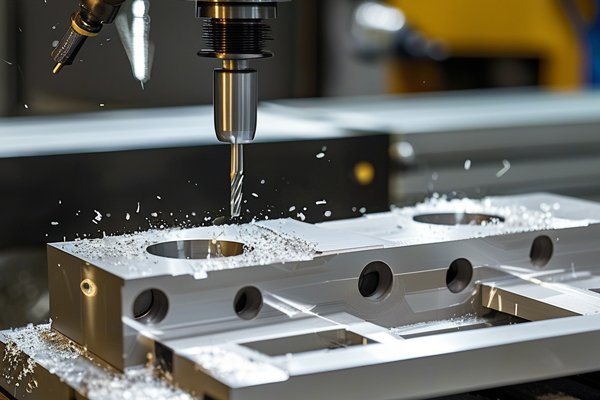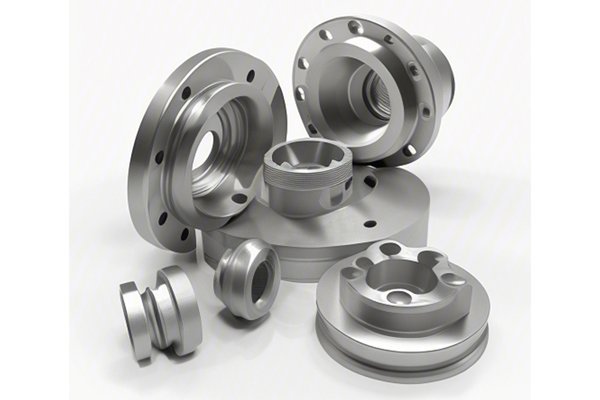Opening:
Did you know that the right choice of CNC processing tools can enhance machining efficiency by up to 50%? This remarkable statistic highlights the immense impact tool selection has on the quality and efficiency of CNC machining processes. With the rise of advanced manufacturing technologies, understanding how to select the appropriate tools has become more crucial than ever, especially when it comes to maintaining consistency and quality in production lines.
In this blog, we will delve into the intricate relationship between CNC tool selection and machining outcomes, exploring the factors that influence this decision and providing effective solutions to optimize performance.
—
Understanding CNC Tool Selection
CNC—or Computer Numerical Control—machining is a manufacturing process that uses computer-controlled machinery to create intricate parts by removing material from a workpiece. The effectiveness of this process is greatly influenced by the tooling employed. Tool selection in CNC machining refers to choosing the correct tools for specific applications based on material properties, part requirements, and desired surface finish.
Factors Affecting Tool Selection
—
The Impacts of Tool Selection on Quality and Efficiency

—
Solutions for Optimizing Tool Selection
—
: Why Tool Selection Matters
In conclusion, the impact of CNC tool selection on machining quality and efficiency cannot be overstated. Understanding the interplay between material properties, tool design, and operational parameters is crucial in achieving superior results. By employing optimal tooling strategies, manufacturers can enhance production efficiency, ensure higher quality finishes, and minimize costs associated with tool wear and reworking.
As CNC machining continues to evolve with innovations, staying informed about the most effective tool choices and best practices is essential for competitiveness in the manufacturing landscape. Remember, in the world of precision machining, the right tool can make all the difference—it’s worth thinking about!
—
Final Thoughts: This comprehensive guide serves not only as a reference for selecting CNC tools but also underscores the vital role that tool choice plays in modern manufacturing. Investing time and resources into understanding this relationship will ultimately lead to greater operational success and product excellence.






